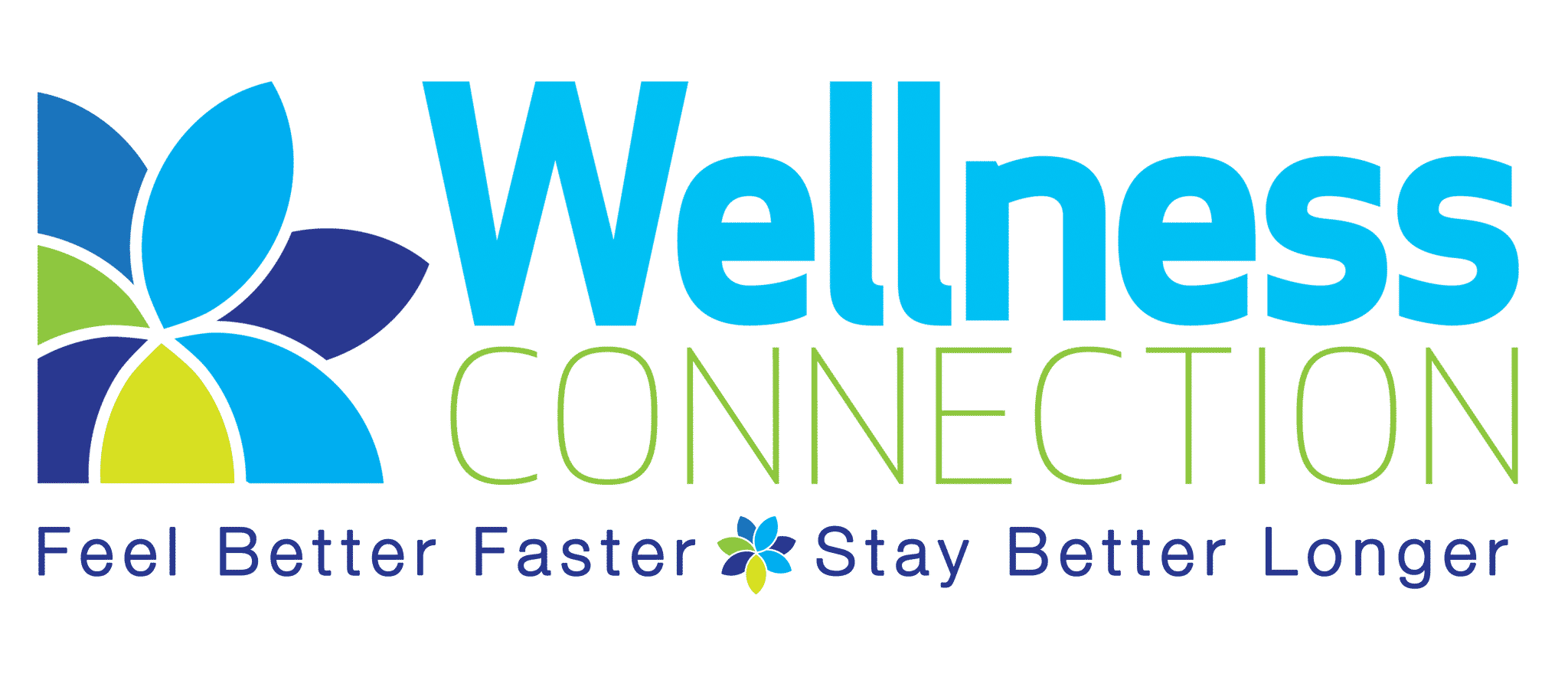Crying, It’s Good For Your Health

In the movie “A League of Their Own,” Tom Hanks famously said, “There’s no crying in baseball!” and we are often told not to cry over spilled milk. But, did you know that it’s helpful and even healthy to shed a few tears? Many of us were raised not to show emotion at home because it demonstrates weakness. Crying in the workplace can be viewed as unprofessional or shameful. We can all agree that there’s nothing more uncomfortable than listening to a wailing baby on an airplane. It’s as if we’re programmed to believe that crying is bad. On the contrary, crying is a normal response to a variety of human emotions. Believe it or not, there are many health benefits associated with turning on the ‘ol waterworks.
4 Benefits of Crying:
1.) Elevates Mood – Similar to exercise, crying releases oxytocin and endorphins, also known as the “feel good hormones.” This is why we often feel better, or at least a sense of relief, after a good cry.
2.) Relieves Stress – When we experience a stressful event, adrenaline is released into the bloodstream and physiological changes occur within the body, such as a rapid heart rate and faster breathing. It’s important to complete the stress response cycle in order to better cope with the situation you are faced with. Physical activity, deep breathing, creative expression, laughter, rest, and you guessed it, crying, are great ways to help regulate your central nervous system and allow your body to destress.
3.) Alleviates Pain – Research shows that the body is able to release certain chemicals which can ease emotional and physical pain. Crying flushes out dust and debris from your eyes, as well as helps the body secrete stress hormones and toxins that build up as a result of emotional distress. When endorphins are released in the body, they can help reduce or alleviate discomfort.
4.) Gets You Help – Humans are hard-wired to connect with others and most people experience empathy and emotional contagion when they see someone else crying. Shedding tears operates as a social signal. If someone appears visibly distressed, common responses are to offer a reassuring smile, lean in with a hug, or ask if help is needed. Babies get their needs met by crying. A toddler screaming and crying in the store aisle typically warrants a quick peek from those passing by to ensure the child or caregiver is not in need of assistance. Humans are curious creatures and whether we want help or not, crying has the ability to connect us with support.
There are different kinds of tears that we cry. Many people prefer to experience deep emotions that elicit tears in private. But, the next time you get the urge to cry, remember that it’s ok not to stifle your tears. Crying is your body’s way of releasing held emotions. While we may benefit from a good emotional release from time to time, excessive crying may be a sign of depression. Talk with your primary care physician about your symptoms or contact us today to see if therapy would be helpful. Our experienced clinicians are available to help you feel better faster and stay better longer.
Call to schedule a FREE consultation today!
703-327-0335



